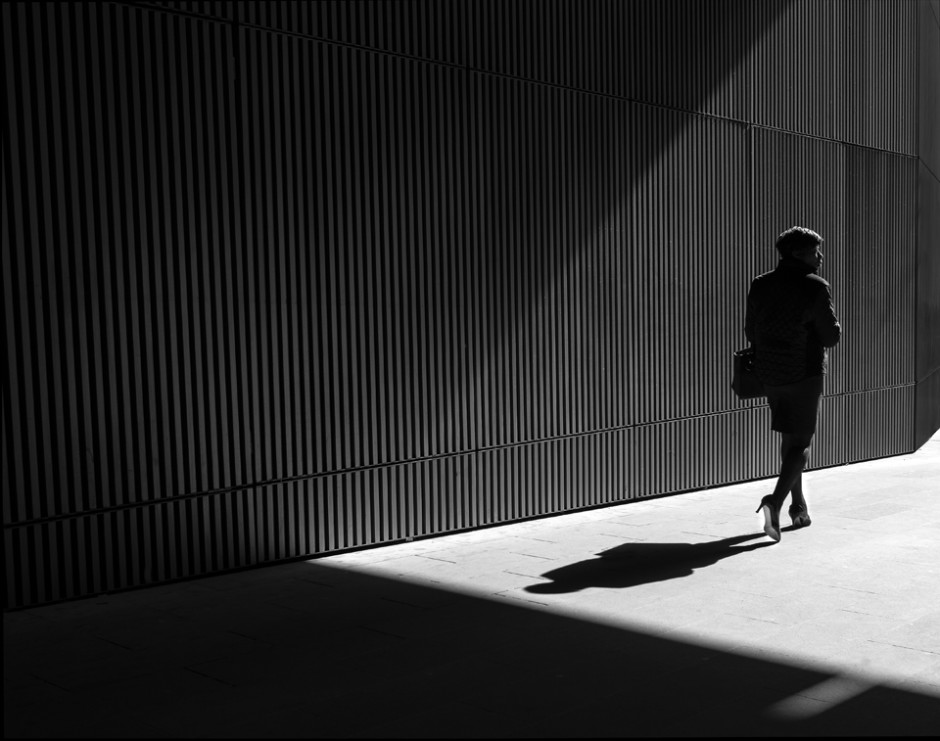
Framing is one of the most important elements of creating a well-balanced composition, which is why every photographer should master it to take professional photos. If you are wondering what is framing in photography, take a look at the examples below to learn how to make your photos more attention-grabbing.
Framing is a technique of creating a composition that makes the subject stand out and isolates it from the surroundings. To create a perfect frame, you can use a variety of objects and props to make your shots more unique. For instance, you can use nature or architecture elements, colors, and lighting to draw a viewer’s attention to an object, add some depth to your photos and implement your creative ideas.

If you specialize in nature photography, you can find plenty of elements around you that can be used as frames. For instance, you can use leaves, flowers, or rocks to put an emphasis on your subject and show its surroundings. Experiment with a focus distance and different angles to get the best frame for your object. Read on to find the best examples of framing in photography that will help you bring your creative ideas to life.
Keep in mind that your frame should look natural. It will allow you to take unique, natural-looking photos where tree branches or leaves might slightly overlap with the main object. Avoid emphasizing your frame since it might make the object less noticeable. If you want to get professional photos without spending hours on post-processing, you can outsource this task to the FixThePhoto team.
They will process your photos while taking into account all your requirements. The experts can crop your photos, tweak colors, and perform advanced retouching to enhance portraits.

Many photographers use architectural elements to frame their objects. They use doorways, windows, columns, arches, and other horizontal and vertical lines that can form a photography frame. You can experiment with different elements and angles to see what works best for you.
However, you need to follow basic rules to create a balanced photography composition.
Make sure to take into account the rule of thirds to structure your frame and make your photo look well-balanced. When you are sure that your object is in the right place of the frame, you can use diagonal lines to emphasize the focal point.

When doing indoor photography, you can create a variety of frames using objects that you have at hand. For this purpose, you can use pieces of furniture, painting on the walls, curtains and other elements that allow you to form lines.
You can take a photo while standing behind the curtains or door. A viewer will feel as if they were peeping at someone or something, which will help you invoke emotions and grab the attention of your audience.

If there aren’t any natural objects that you can use for framing your subject or if you want to implement some creative photography ideas, try experimenting with props. For instance, you can use various DIY photography props or frame your subject using various objects, such as a Christmas wreath hanging on the wall, candles, lights, etc.

Another solution involves using mirrors for framing your subject. You can implement a variety of reflection photography ideas that are popular among photographers and use differently-sized mirrors of unusual shapes. If you want to take photos in the studio, try using a full-length mirror to create a composition in the photography frame. You can also use a handheld mirror when taking wedding photos and portraits. It will also help you implement a variety of unusual ideas.

One of the most impressive examples of framing in photography involves using moving objects. This technique might be difficult to implement if you don’t have any experience. To achieve this effect, you need to frame your object using moving vehicles, people, etc. The most difficult thing about it is that you can’t take a photo when all the participants stand still. With some skills, you can snap a pic when moving vehicles or people form a frame around your main subject.
To draw even more attention to the model or object in the frame, photographers often make the frame blurry to add a dynamic feel to a photo. This technique is perfect for lifestyle photography and urban photography. Besides, you can use it when taking classic portraits, shooting weddings, love stories, and various events.

If you want to take complex photos with a lot of interesting details, try using more than one frame. For instance, you can put one frame inside another to emphasize the main object even more. Don’t follow this advice literally, though. Try using different frames. For instance, when doing architecture photography, you can combine some elements of buildings with street lights.

There is no need to use physical objects to create frames since you can also frame your subject by using light and shadows. This technique is one of the most striking examples of framing in photography that will be especially useful for experienced photographers who can notice sun rays, shadows, and refraction of light that can emphasize the main subject of your photo.
When practicing creative shadow photography, all you need to do is to select the right angle. You can also frame your subject using artificial lighting when working in the studio. For this purpose, you can also use special gear that allows working with light and shadows, such as a projector, various laser lights, etc.

Before starting taking photos, think about the frame you are going to use. For instance, you can use some nature or architecture elements as well as specific props to frame your object. Alternatively, you can use unique frames from Frame Destination to convey a specific mood. Select the angle that will put an emphasis on your object. Then, adjust the camera settings. When selecting aperture, think about whether you need your frame to be in focus.

Framing enables you to take realistic three-dimensional photos that will become a perfect addition to any professional portfolio. You can achieve this effect by stacking frames one on top of another. Keep in mind, that you will need to process your photos. Make some frames blurry and add contrast to the others to achieve a 3D effect.

You can also experiment with framing during post-processing. Try making your object blurry and bringing the edges into focus to give your pictures a creative feel.

To create an eye-catching composition, try finding contrasting things that will look great when juxtaposed in the frame. For this purpose, you may use contrast colors, textures, materials, etc. Thanks to it, your photos will become more attention-grabbing.
It’s better to come close to the foreground to create the right framing. You can experiment with different angles and take several photos to see what distance works best.